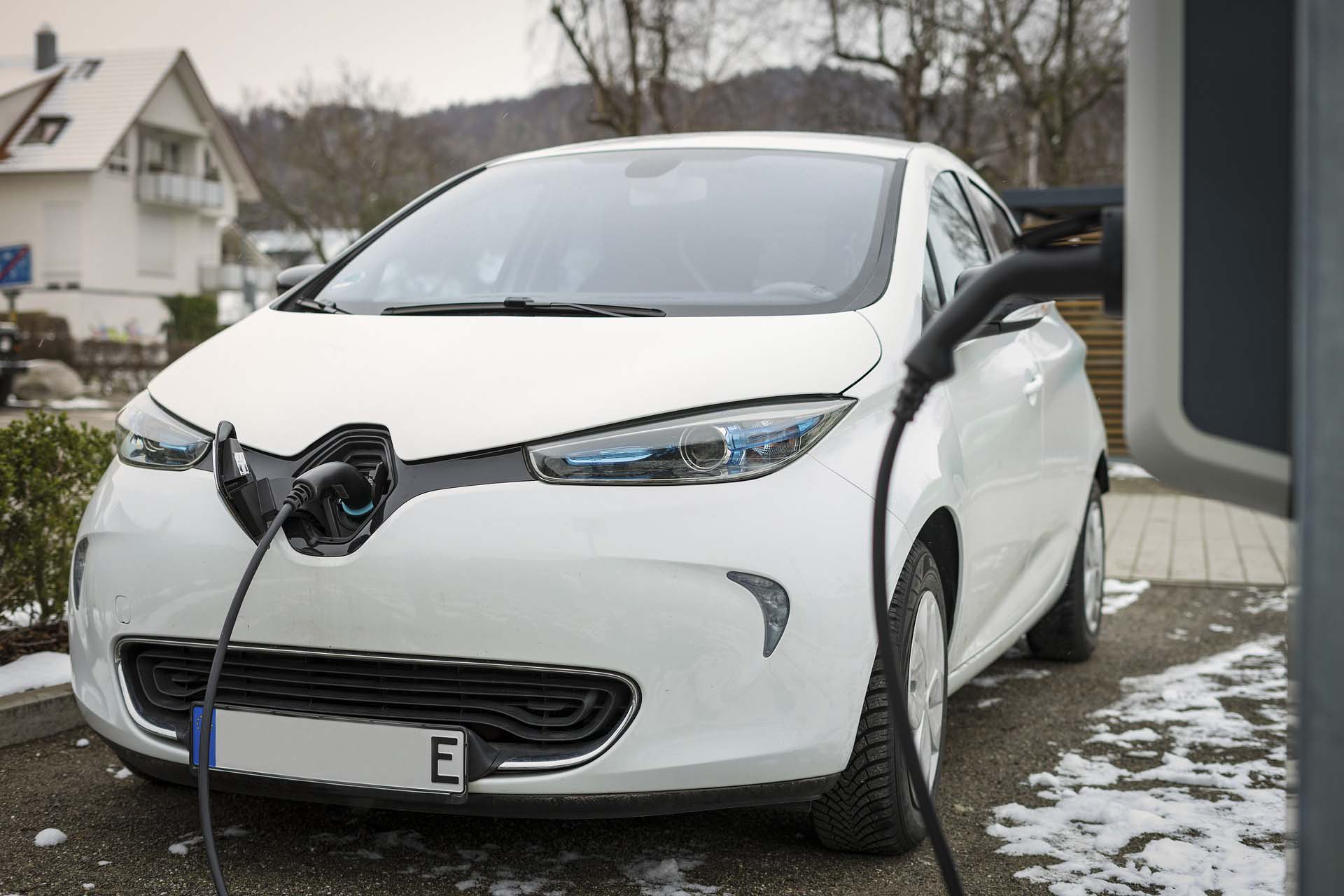Energy market: development trends
Despite pessimistic forecasts, the demand for coal will remain the same. The peak of fossil fuel consumption was in 2013-2014. Then, until 2016, there was a recession, but further demand leveled off. Experts predict that until 2023, nothing will change globally. China consumes half of the world’s coal. At the same time, the Celestial Empire is the leader in reducing the demand for this type of fuel: programs for improving the environment and air quality are in place in the country. However, actions like the massive opening of alternative power plants in China are still not observed.
Compensate China emerging markets, especially India. The demand for coal there is constantly growing due to energy, which is developing at a record pace. It can be said that Asia compensates for the reduction in coal consumption in the United States and Europe.
If we talk about the gas market, then unexpectedly for other participants, the United States may take the third place among suppliers of liquefied natural gas (LNG). This is due to the promised launch of two industry giants in Texas and one in Georgia.
Existing enterprises also do not stand still. Corpus Christi (Texas) will open a second production line. By the end of 2019, the country will offer the market twice as much gas as compared to the same period last year. The first places on the market are occupied traditionally by Qatar and Australia. It is predicted that the leadership positions of these countries will not change.
The market is waiting for shocks in case the trade war between China and the United States is replaced by a thaw and the Middle Kingdom chooses the United States as the main LNG exporter.
Russia is expected to remain the main supplier of gas to Europe, as it has shown the ability to defend its interests.
Alternative energy market and electric cars
Electricity from unconventional sources and its storage gradually become cheaper. In emerging markets, the economy is still a priority over ecology. However, there is also a movement towards new sources. India is again the leader here. The government estimates that in the near future the cost of wind and solar energy will be 2.44 rupees per kilowatt-hour. At the same time, electricity generated by TPPs costs 3 rupees.

The cost of energy storage shows rapid declining trends. For seven years since 2010, the price of lithium-ion batteries has dropped by 80%.
According to experts, the energy storage market will reach $ 620 billion by 2040.
Sales of electric cars are ahead of all forecasts. Only in 2018, the electric transport market, including urban and freight, increased by more than 60%. The number of electric vehicles in the world is 2.1 million. At the same hybrids – 5.4 million. Almost half of the sales of electric cars accounted for China. Contribute to this: the development of lending and state environmental programs.
However, it is the price and demand for oil that will continue to affect the global economy. Forecasts for the Brent brand are very different: from $ 29 per barrel to $ 75 by the end of 2019.









